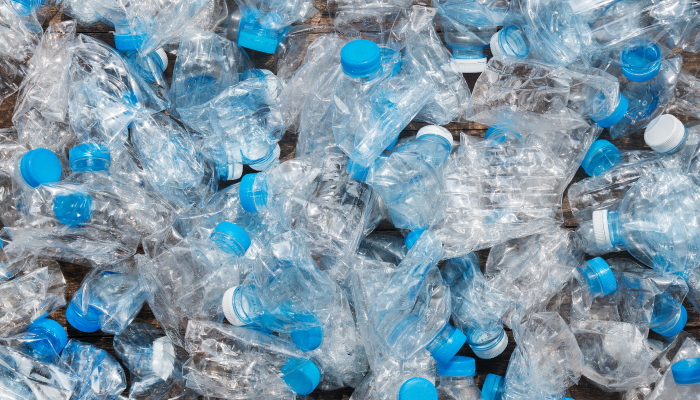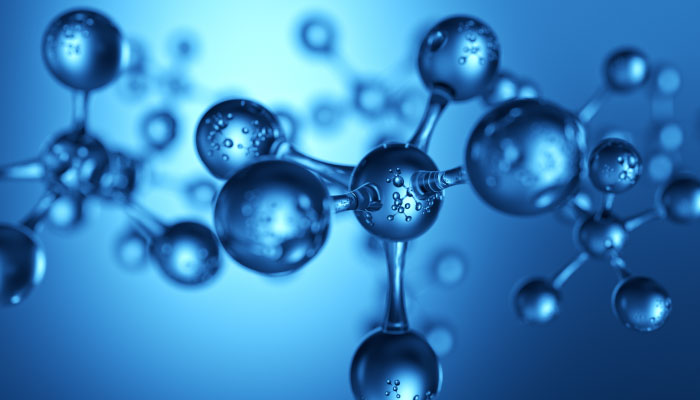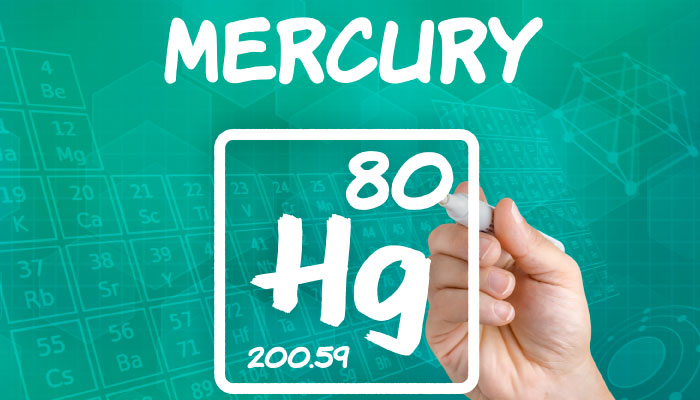We all know that ultraviolet (UV) light can degrade plastics—reducing the strength, performance, and lifespan of the material. But UV exposure can also increase the harmfulness of plastic to aquatic life. In other words, keeping plastic intact can help not only your business’ bottom line but also the environment.
Polymeric materials consultant Jeffrey A. Jansen covers the basics of UV degradation and the role and effectiveness of UV resistant coatings in his live webinar for AudioSolutionz, “UV Degradation Effects on Plastic Materials and Your Prevention Options.” Jansen goes in-depth to show how UV affects different plastics and how testing can determine whether and which plastics are susceptible to UV degradation.
The Problem: Plastics in Water
While the effects of UV exposure to plastic has been well known for years, the idea of microplastic pollution—that is, the fragmenting of plastic material into tiny particles of pollutant debris—is more recent.
Degradation results when polymer structures undergo a chemical change that reduces molecular weight and weakens mechanical integrity. When plastics wind up in bodies of water, the degradation can reduce particle sizes enough that the materials can be ingested by aquatic life, and the presence of these so-called “microplastics” has become profound in certain areas of the globe, noted The Guardian.
Fish and other marine life can mistake microplastics for food, which means that humans may also eventually ingest them via seafood and tap water, The Guardian reported. “The risk to people is still not known, but there are concerns that microplastics can accumulate toxic chemicals and that the tiniest could enter the bloodstream.”
Scientists around the world consider the pervasiveness and persistence of microplastics to be a growing global crisis. “Microplastic contamination of the oceans is one of the world’s most pressing environmental concerns,” stated a group of researchers form the University of Manchester in a study published in Nature.
Possible Solution: Compostable Coatings
There is no single solution to the problem of plastics moving through the food chain, but several innovative solutions may be on the horizon. The obvious, best solution is to employ reusable plastics and reduce and remove waste that makes its way to the ocean. But a practical fix may be new plastic coatings that still protect products but also guard against premature degradation and are fully compostable.
Companies like Germany’s Fraunhofer ISC are developing “bioplastic packaging” in line with a developing concept known as the “circular economy”—a system that rethinks how products are created and used throughout their lifespans.
The time is now for engineers working in design, plastics, materials, and manufacturing to innovate—and to stay on top of where the protective coatings market is heading, Jansen says.





